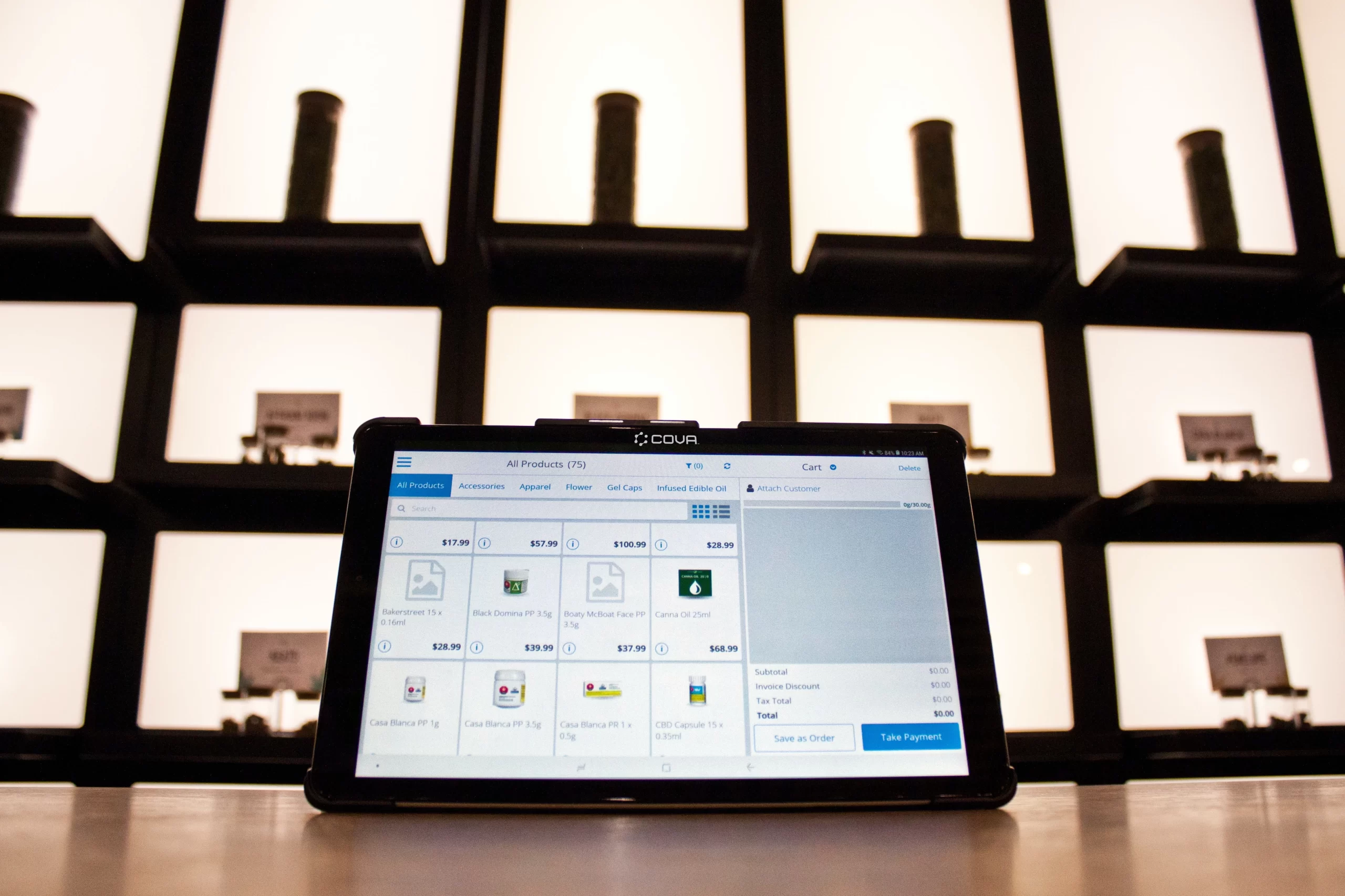Table of Contents
AI-driven Customer Retention for Startups
Introduction
In today’s competitive business landscape, attracting customers is just the first step. Startups need to focus on retaining their customers to ensure long-term success. In this article, we will explore the importance of customer retention and provide strategies for startups to implement. By leveraging AI-driven customer retention techniques, startups can create a seamless customer experience that keeps customers coming back.
Customer Retention: The Lifeblood of Startups
Customer retention is crucial for startups, especially those in subscription-based industries. While a 100 percent retention rate might not be realistic, it is essential to aim for a high percentage to ensure business success. On average, small businesses aim for a 20 percent retention rate, while ecommerce businesses should strive for more than 35 percent.
Why Customer Retention Matters
There are several reasons why customer retention is vital for startups:
1. Cost Savings
Acquiring new customers can be costly. By retaining existing customers, startups can save money on marketing and customer acquisition initiatives.
2. Better Bottom Line
Repeat customers are more likely to make additional purchases. By fostering customer loyalty, startups can generate more revenue and improve their bottom line.
3. More Customer Loyalty
Satisfied customers are more likely to advocate for your brand and refer friends and family members. This word-of-mouth marketing can significantly impact your startup’s growth.
Strategies for AI-driven Customer Retention
Implementing AI-driven customer retention techniques can help startups create a winning customer experience. Here are eight strategies to consider:
1. Omnichannel Support
Offering omnichannel support allows customers to interact with your brand across various platforms. This personalized approach improves customer satisfaction and retention.
2. Speedy Support Resolutions
Customers value quick support resolutions. Responding to customer inquiries promptly and providing estimated resolution times can significantly impact customer satisfaction.
3. Streamlined Interactions
Equipping your customer service team with the necessary tools to streamline interactions can reduce customer frustration. Access to customer information and conversation history allows agents to provide personalized experiences.
4. Rewarding Loyalty
Implementing customer loyalty programs and rewards can incentivize customers to remain loyal to your brand. Consider offering discounts, special offers, or VIP benefits to show appreciation.
5. Referral Programs
Referral programs can encourage existing customers to advocate for your brand and bring in new prospects. Offering additional benefits to both referrers and new customers can boost customer retention and acquisition.
6. Employee Incentives
Motivating employees to provide top-notch customer support can improve customer retention. Building a positive work environment and incentivizing staff to create connections can go a long way.
7. Customer Feedback
Gathering customer feedback through surveys and other means can provide valuable insights to improve the customer experience. Creating an online community for customers to interact can also help address concerns early.
8. Real-life Examples
Looking at real-life examples of businesses prioritizing customer retention can provide inspiration and insights. Companies like Four Seasons, Zappos, Dollar Shave Club, and Bombas have successfully implemented customer retention strategies.
Key Metrics for Customer Retention
Measuring customer retention is essential to track the effectiveness of your strategies. Here are some key metrics to consider:
1. Customer Retention Rate
The customer retention rate measures the percentage of customers who remain loyal to your business over a specific time period. A high retention rate indicates a successful customer retention strategy.
2. Churn Rate
Churn rate represents the percentage of customers lost during a specific time period. A high churn rate indicates that something in your customer experience is not working well.
3. Customer Lifetime Value
Customer lifetime value measures the total revenue you can expect from a customer during their lifetime. Increasing customer loyalty can lead to higher lifetime values.
4. Repeat Customer Rate
The repeat customer rate shows the percentage of customers who make multiple purchases. This metric helps gauge the success of customer retention efforts over time.
Conclusion
Customer retention is essential for startups looking to thrive in a competitive market. By implementing AI-driven customer retention strategies, startups can create a seamless customer experience that keeps customers coming back. Emphasizing personalized support, loyalty programs, and proactive service can significantly impact customer retention rates. By tracking key metrics and continuously improving the customer experience, startups can maximize their long-term success.
Ready to implement AI-driven customer retention strategies for your startup? Contact Logic Labs AI to see how our AI-powered solutions can help you improve customer retention and drive business growth.


Leave a Reply